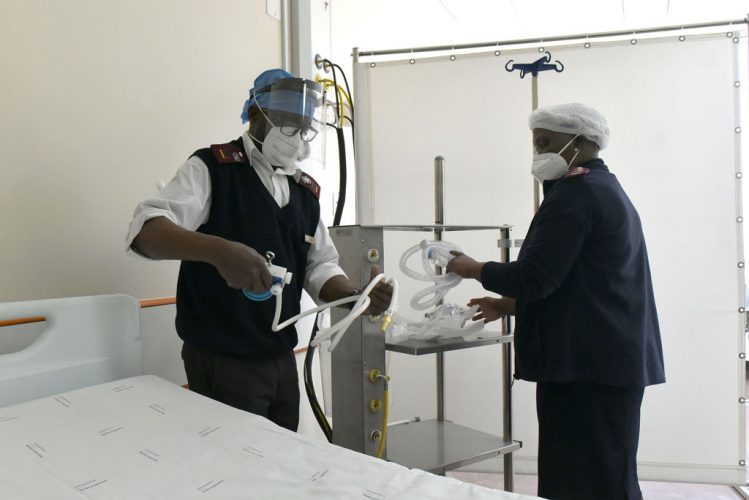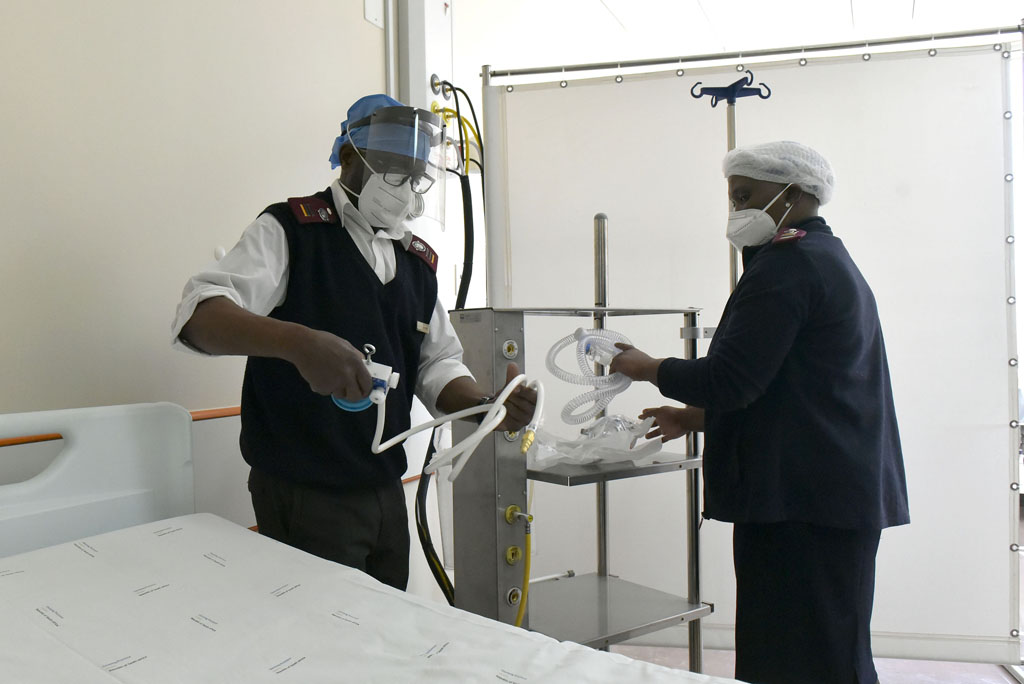
As the Sars-Cov-2 virus continues to ravage India, which is fast approaching 4 million active cases, South Africa will be donating ventilators to help in its efforts to prevent deaths.
The National Education, Health and Allied Workers’ Union (Nehawu) isn’t happy about the donations.
“While numbers have been skyrocketing the government and the Department of Health have been closing temporary treatment facilities, the vaccination programme is very slow and there is no indication of ramping up the acquisition of ventilators, oxygen and extra beds in preparation for the third wave,” Nehawu spokesperson Khaya Xaba said in a statement yesterday.
Speaking to The Citizen, Xaba said: “We can’t be giving away ventilators considering that we are also headed towards a third wave. We need all resources at our disposal to ward off the effects of the third wave.”
Department of Health spokesperson Dr Lwazi Manzi said a “surge capacity strategy” was in place.
“The same way we were actually capacitated in the first and second waves even though there appeared to be a threat we would be overrun. Barring a few facilities we weren’t overrun,” Manzi said.
“Ventilators do not come with oxygen and beds so that is a separate issue.”
However, Xaba stuck to his guns, noting “during the first and second wave there was a shortage and government has not increased capacity. This includes oxygen points.”
At yesterday’s opening of the 181 bed AngloGold Ashanti Hospital in the West Rand, Gauteng Premier David Makhura said on Twitter the third wave of Covid-19 had arrived in the province.
“We currently have 4,500 beds in our public hospitals. We have increased our bed capacity by over 3,000 in just one year from 1,200 to 4,500,” Makhura said.
“We have also employed 5,200 professionals to deal with the pressures we are facing.”
He made no mention of how many ventilators were available to assist in severe cases of the virus, which targets respiratory systems.
Makhura yesterday said Gauteng had vaccinated more than 100,000 healthcare workers.
“We will reach the remaining 100,000 simultaneously with the elderly,” Makhura said, referring to the vaccination rollout programme supposed to begin on Monday, barring any further stumbling blocks.
On 28 December, new infections peaked at 5,534 a day during the second wave. On 17 January, 3,539 people were in hospital.
How many ventilators are available is unknown at this stage, with the Department of Health referring The Citizen to Government Communication and Information Systems (GCIS), which referred us back to the department.
In response to a Parliamentary question in December, Minister of Trade, Industry and Competition Ebrahim Patel noted 20,000 continuous positive airway pressure (CPAP) ventilators had been produced in South Africa by November.
Of these, 18,000 were Venturi-type CPAP devices and 2,000 were blender-type CPAP machines.
Where they all are and how many are going to India, nobody seems to know.

